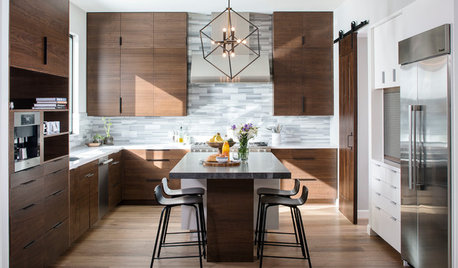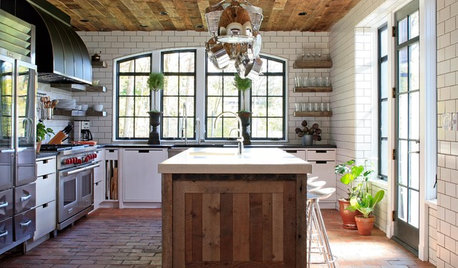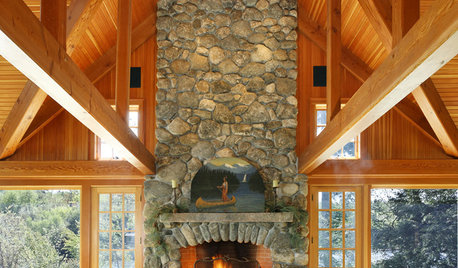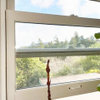Questions on making wood plank kitchen island top
mattw
18 years ago
Related Stories

FEEL-GOOD HOMEThe Question That Can Make You Love Your Home More
Change your relationship with your house for the better by focusing on the answer to something designers often ask
Full Story
REMODELING GUIDES9 Hard Questions to Ask When Shopping for Stone
Learn all about stone sizes, cracks, color issues and more so problems don't chip away at your design happiness later
Full Story
KITCHEN DESIGN9 Questions to Ask When Planning a Kitchen Pantry
Avoid blunders and get the storage space and layout you need by asking these questions before you begin
Full Story
REMODELING GUIDESYour Floor: An Introduction to Solid-Plank Wood Floors
Get the Pros and Cons of Oak, Ash, Pine, Maple and Solid Bamboo
Full Story
GREEN BUILDINGConsidering Concrete Floors? 3 Green-Minded Questions to Ask
Learn what’s in your concrete and about sustainability to make a healthy choice for your home and the earth
Full Story
KITCHEN COUNTERTOPS10 Top Backsplashes to Pair With Soapstone Countertops
Simplify your decision-making process by checking out how these styles work with soapstone
Full Story
REMODELING GUIDESPlanning a Kitchen Remodel? Start With These 5 Questions
Before you consider aesthetics, make sure your new kitchen will work for your cooking and entertaining style
Full Story
KITCHEN DESIGNNew This Week: Moody Kitchens to Make You Rethink All-White
Not into the all-white fascination? Look to these kitchens for a glimpse of the dark side
Full Story
KITCHEN DESIGNWhat to Know About Using Reclaimed Wood in the Kitchen
One-of-a-kind lumber warms a room and adds age and interest
Full StoryMore Discussions









Jon1270
kudzu9
Related Professionals
Wadsworth Cabinets & Cabinetry · Whitehall Cabinets & Cabinetry · Bellwood Cabinets & Cabinetry · Fitchburg Carpenters · Mission Viejo Carpenters · Ossining Carpenters · Ahwatukee Flooring Contractors · Garfield Heights Flooring Contractors · Hastings Flooring Contractors · Lewisville Flooring Contractors · Monroe Flooring Contractors · Oceanside Flooring Contractors · Roseville Flooring Contractors · Sycamore Flooring Contractors · Lake Zurich Furniture & Accessoriesamazondk
MongoCT